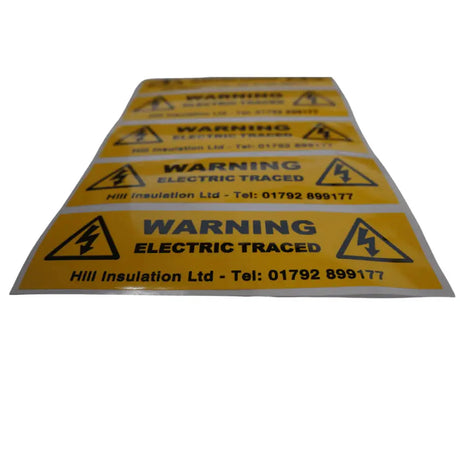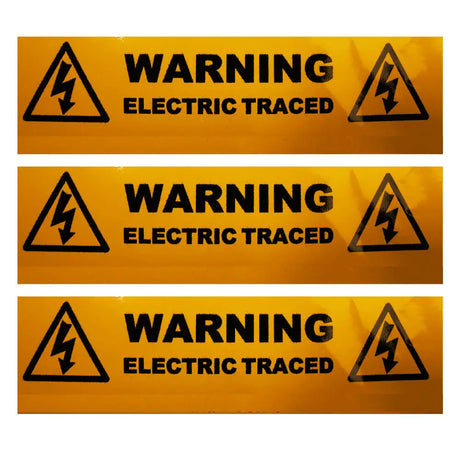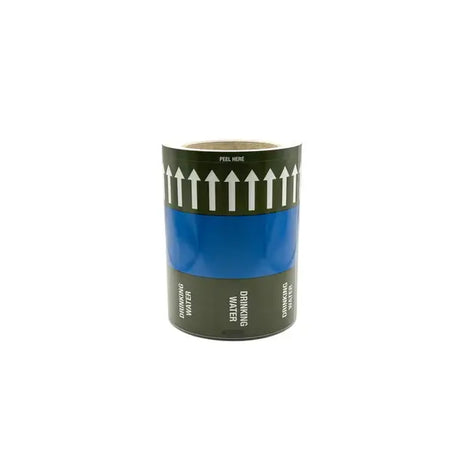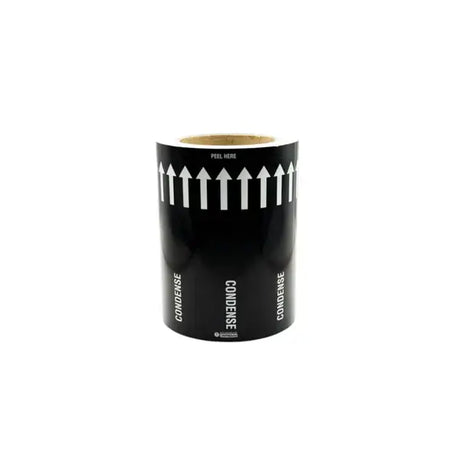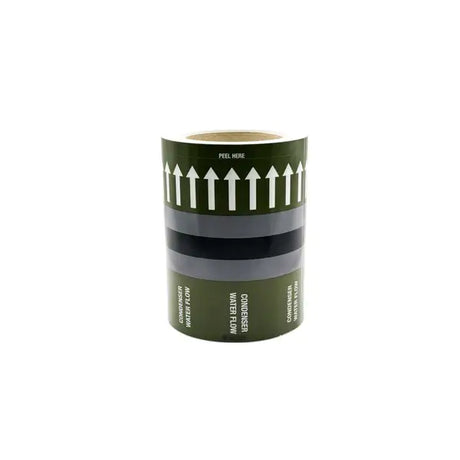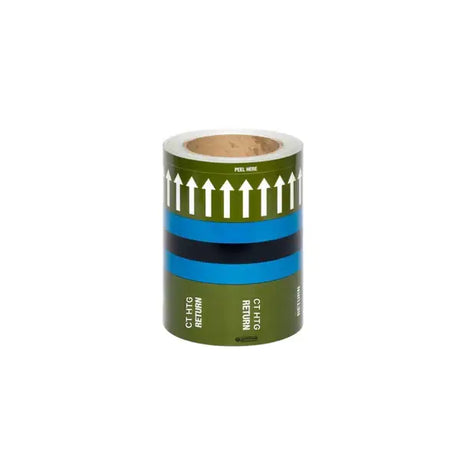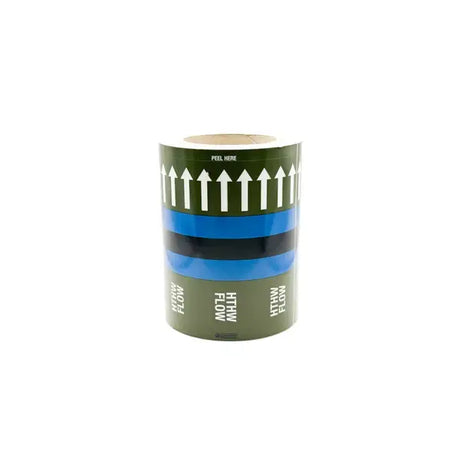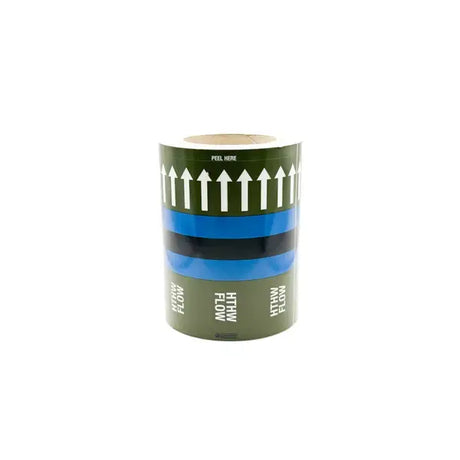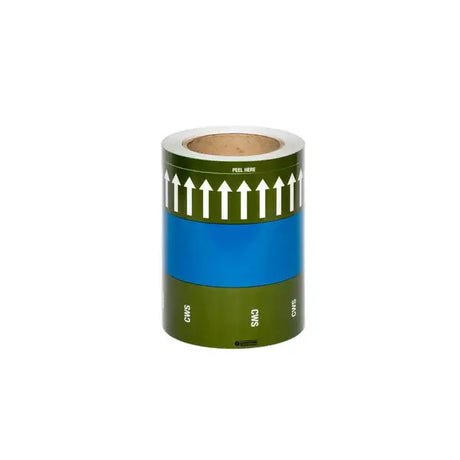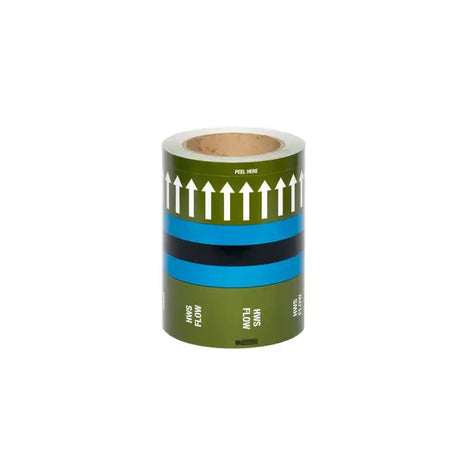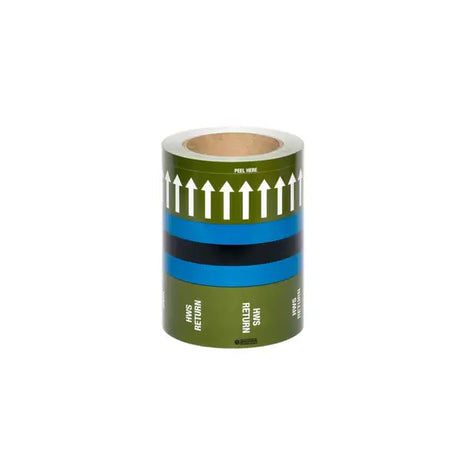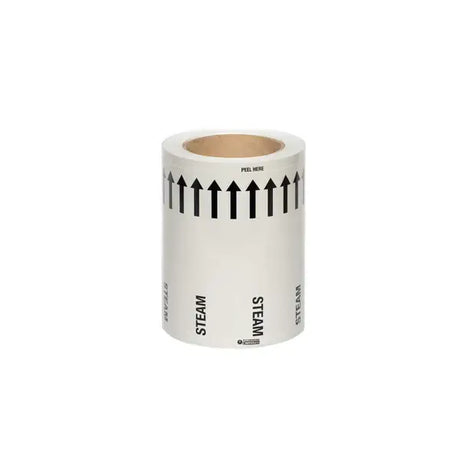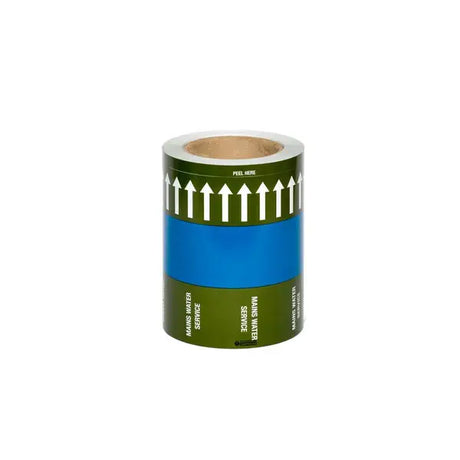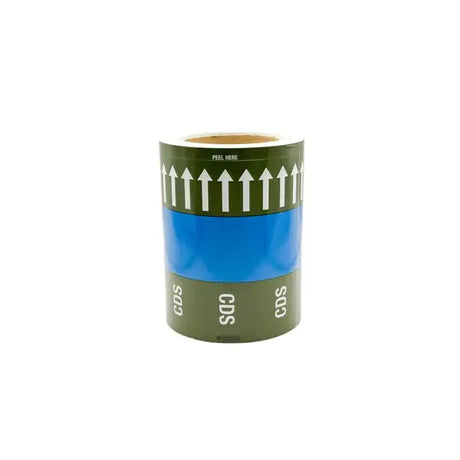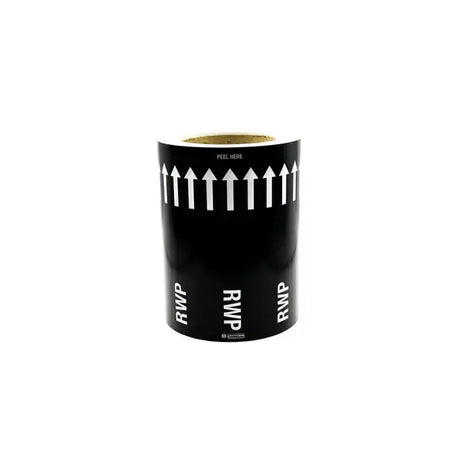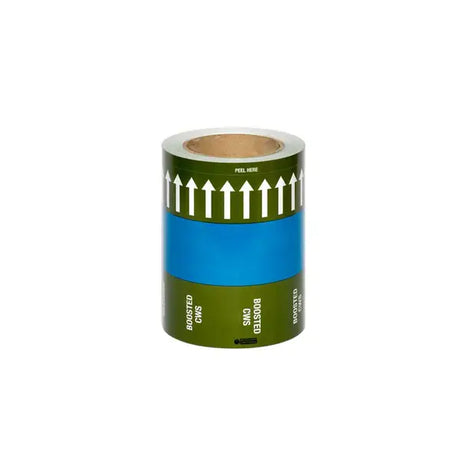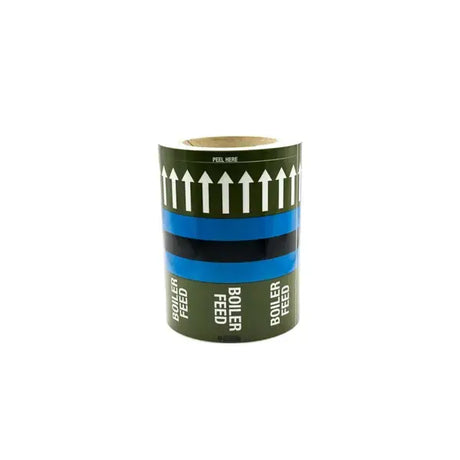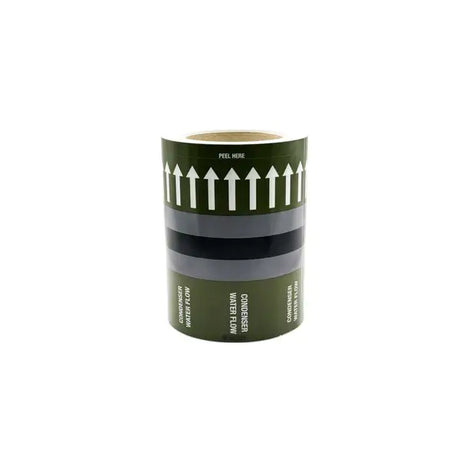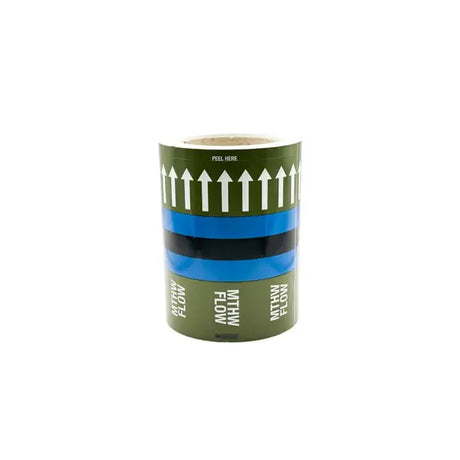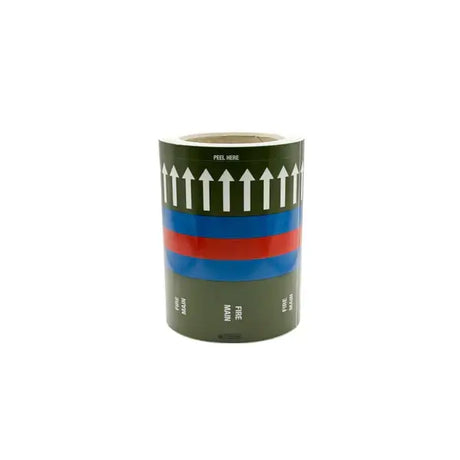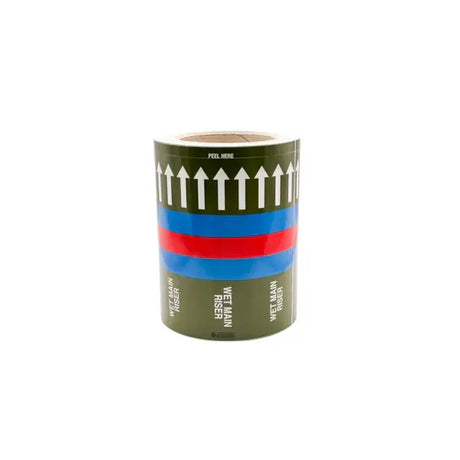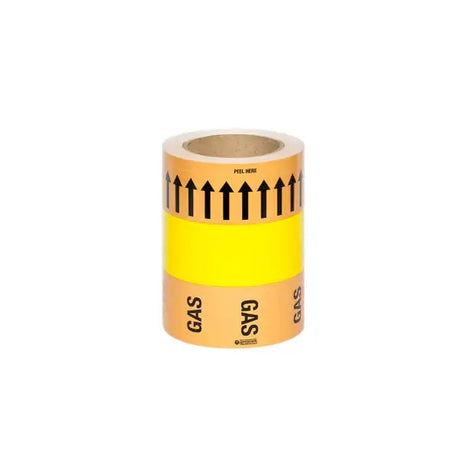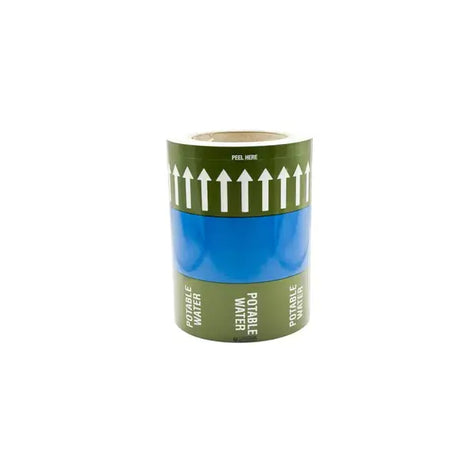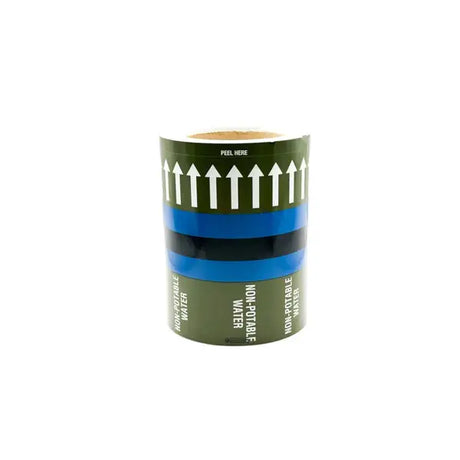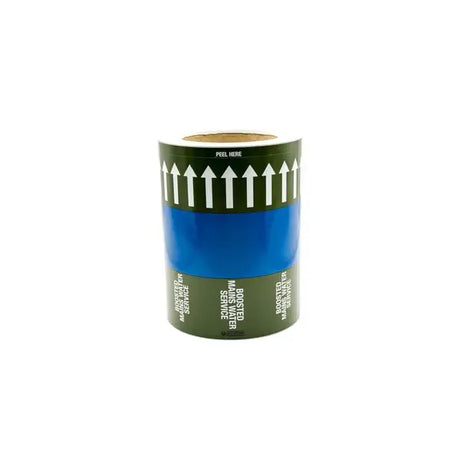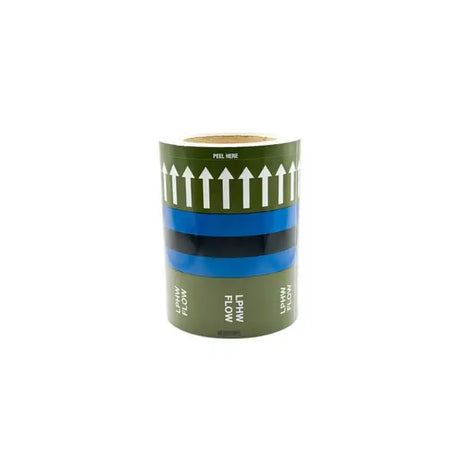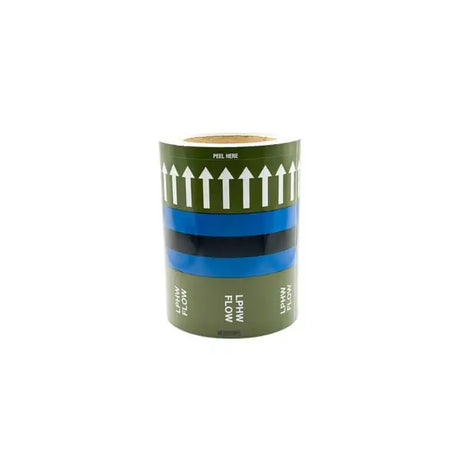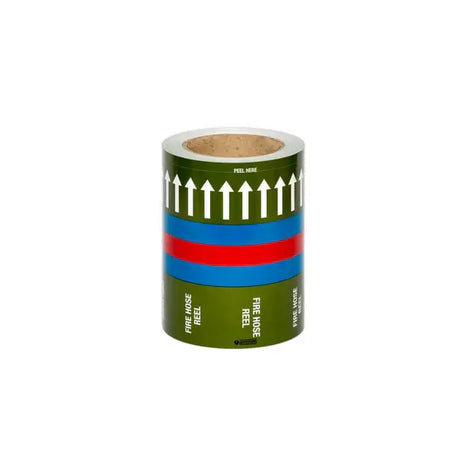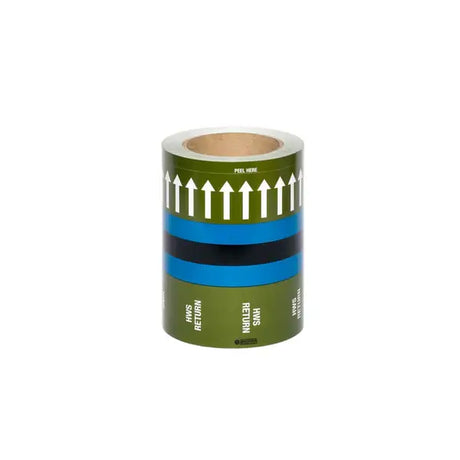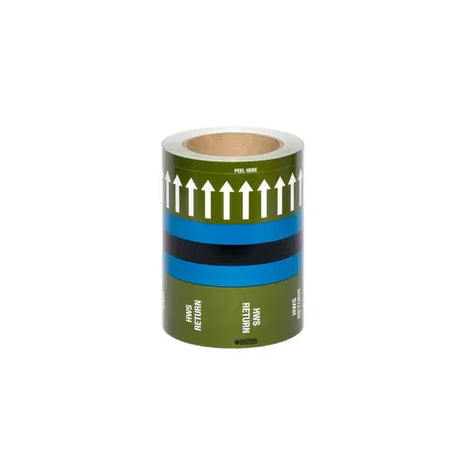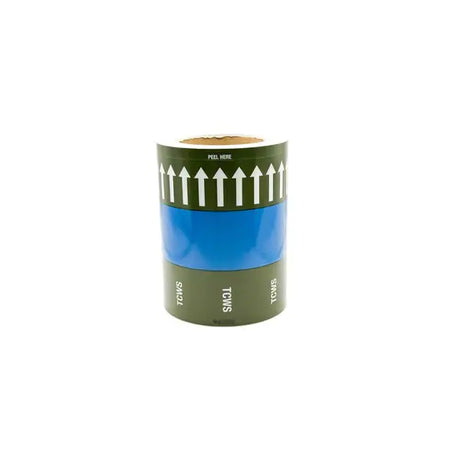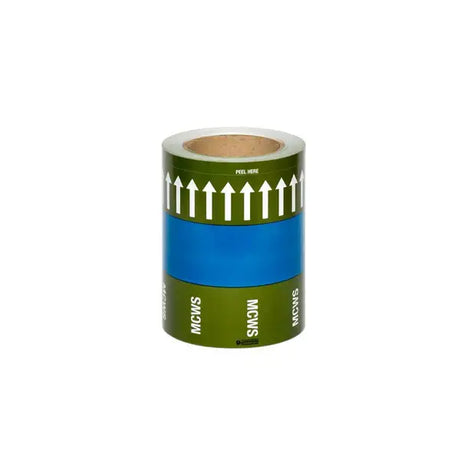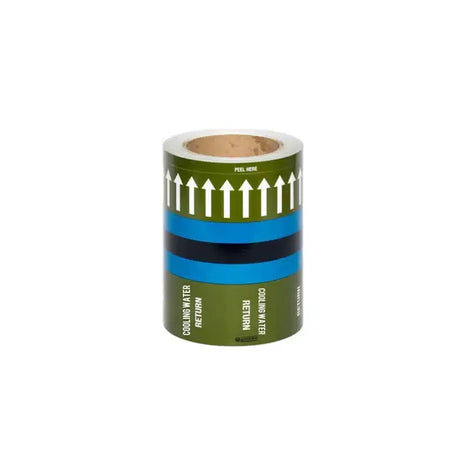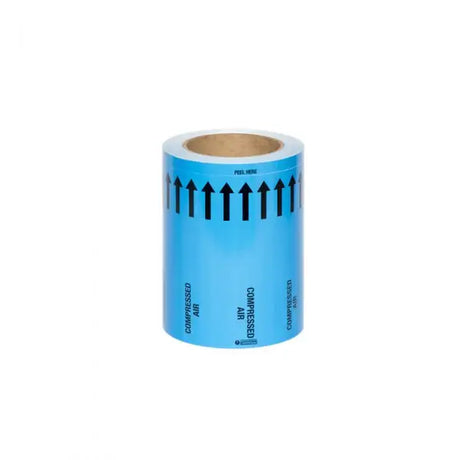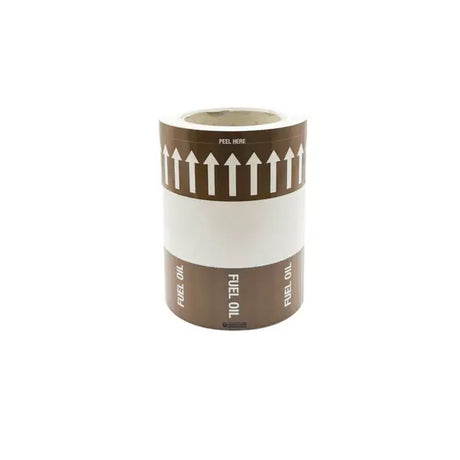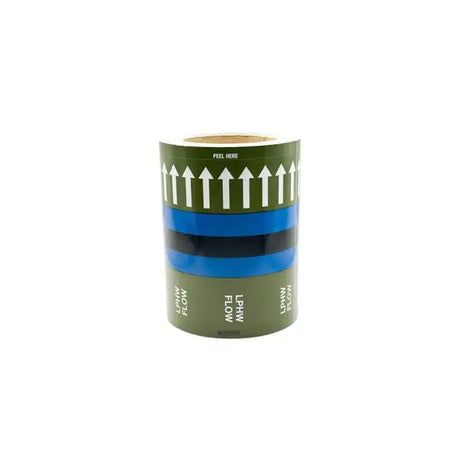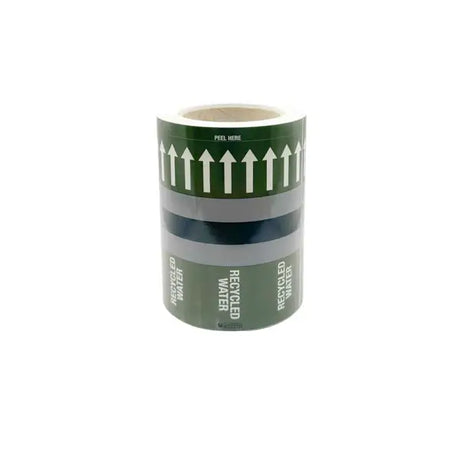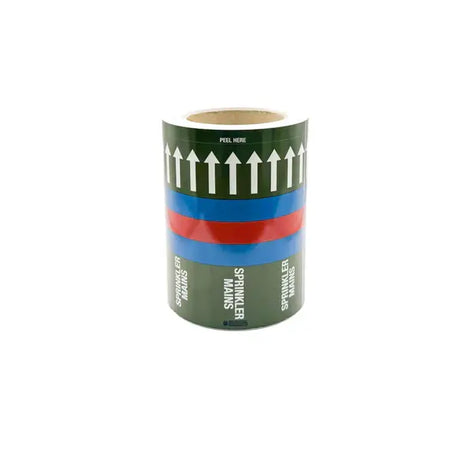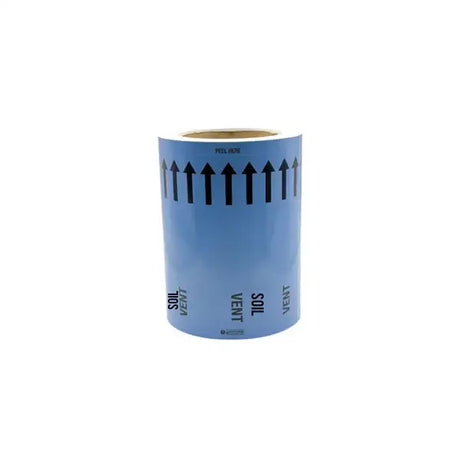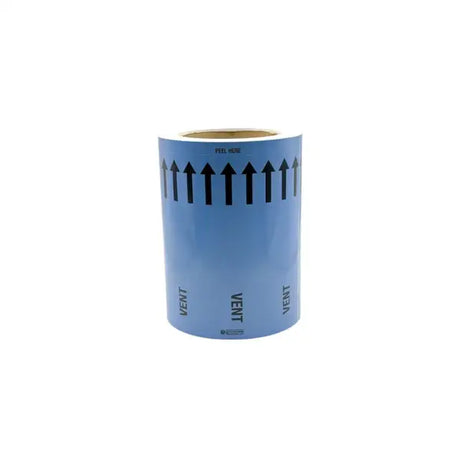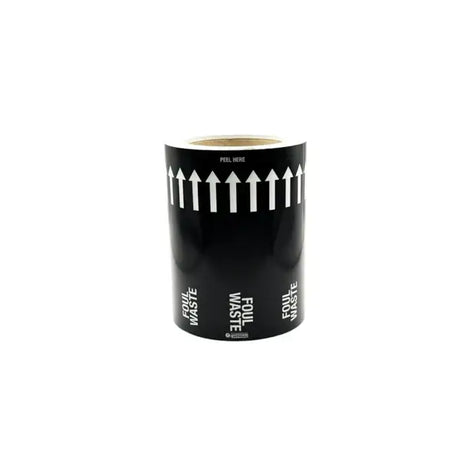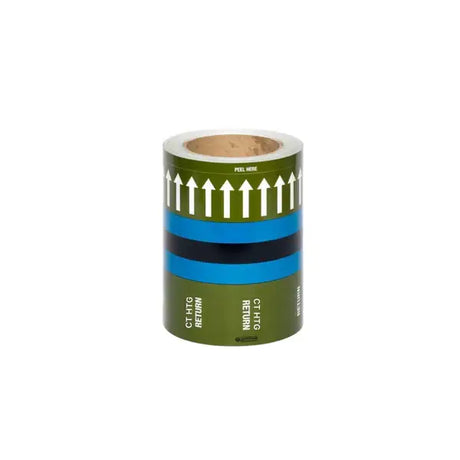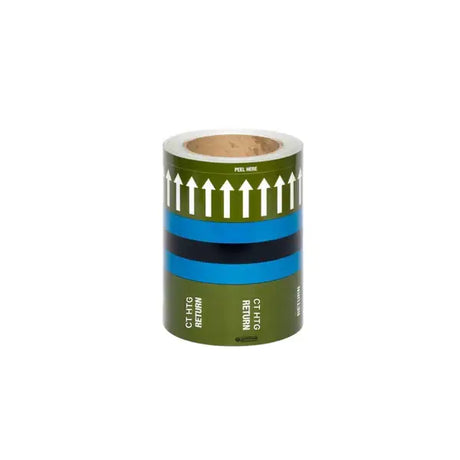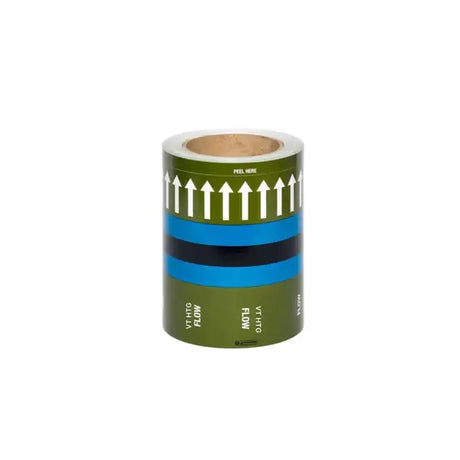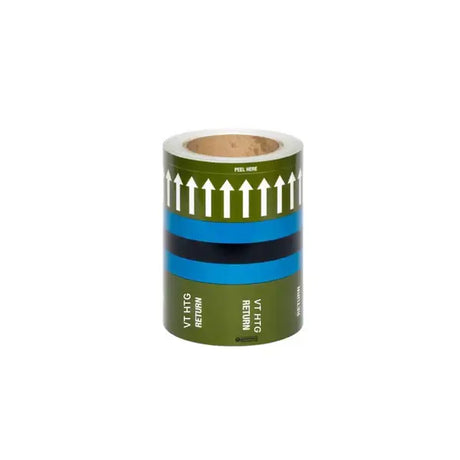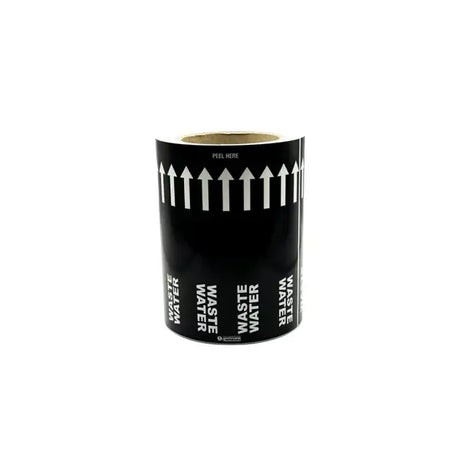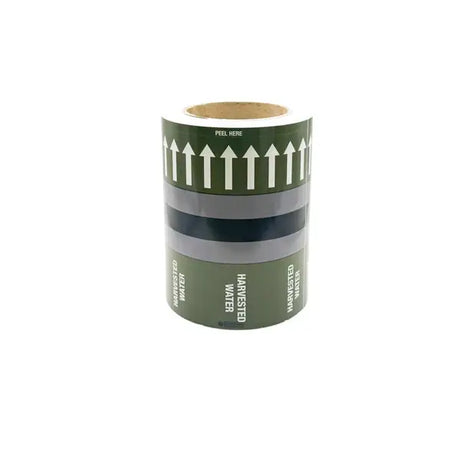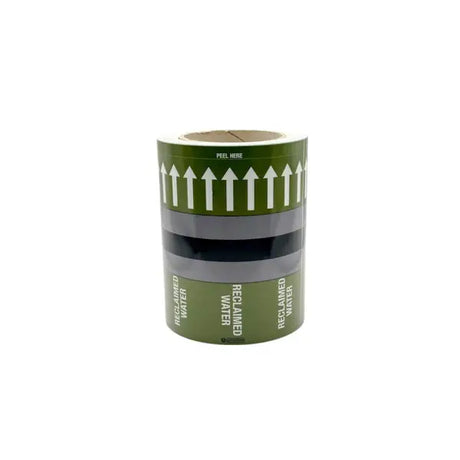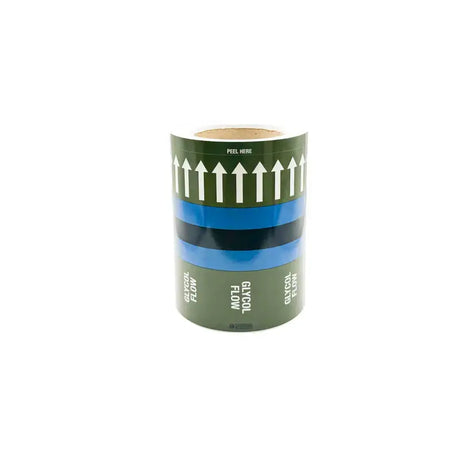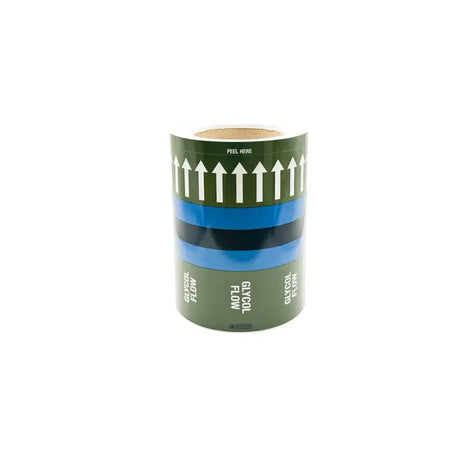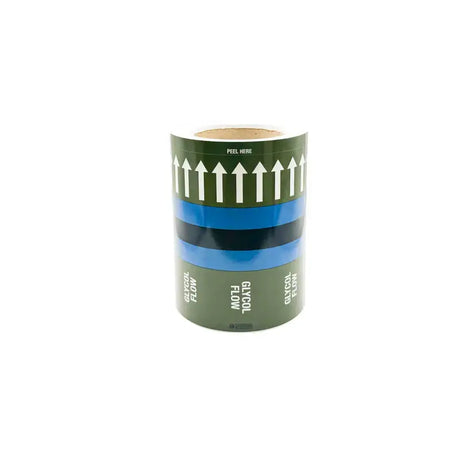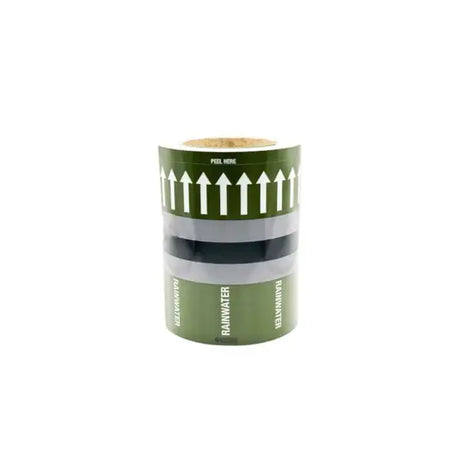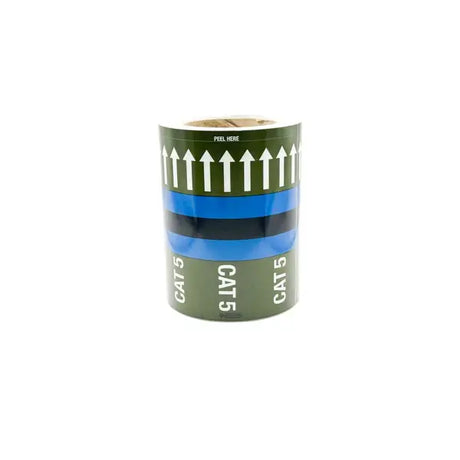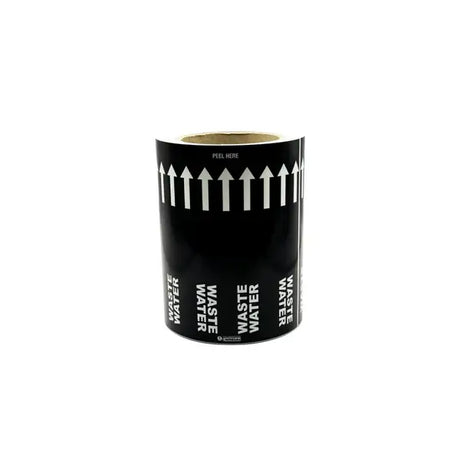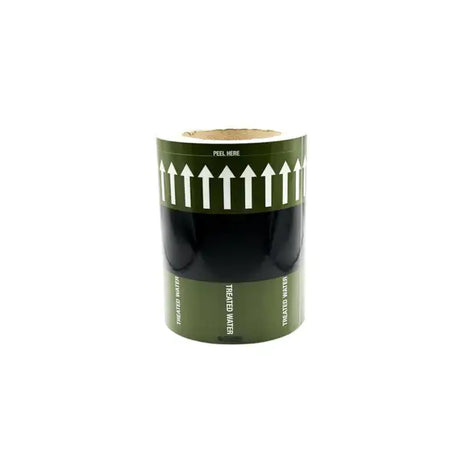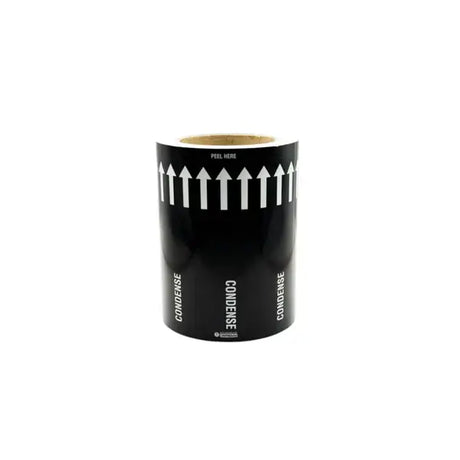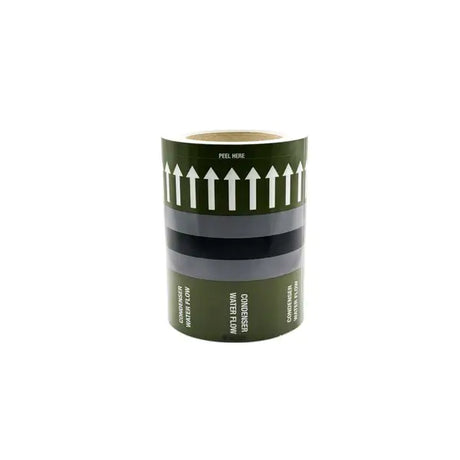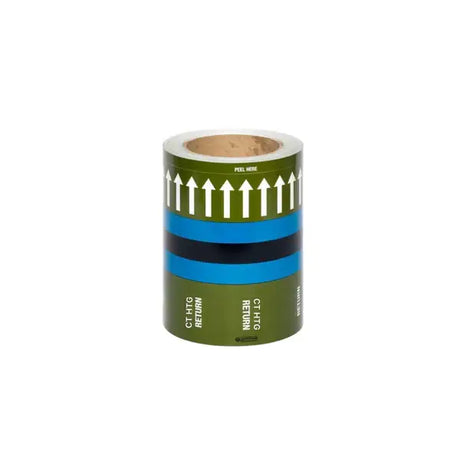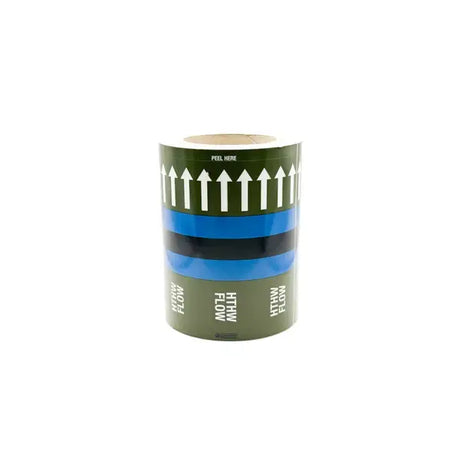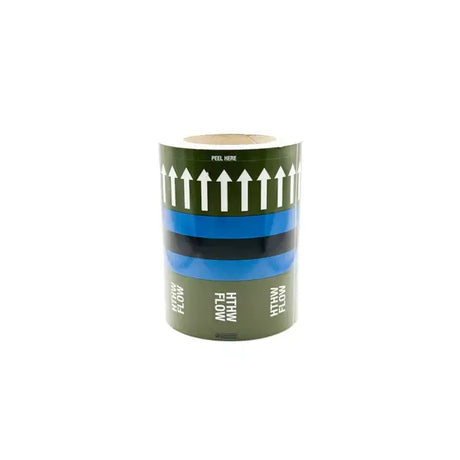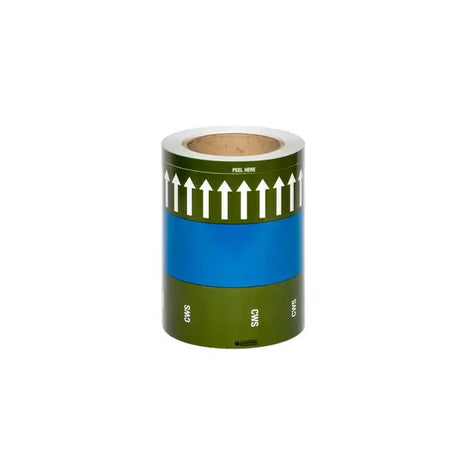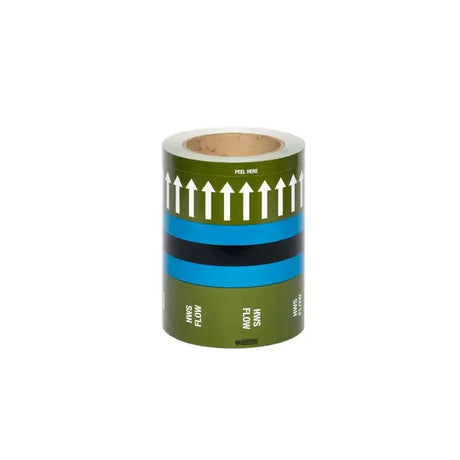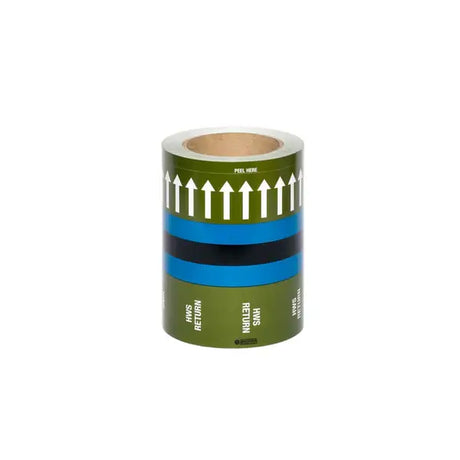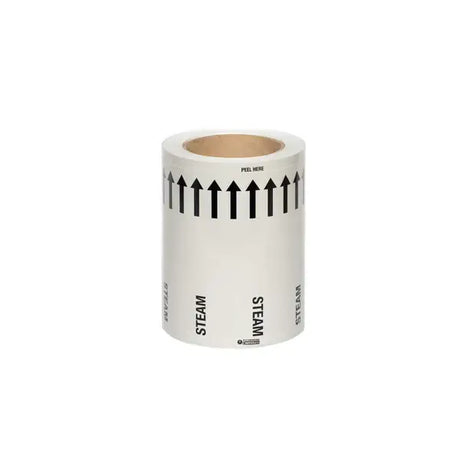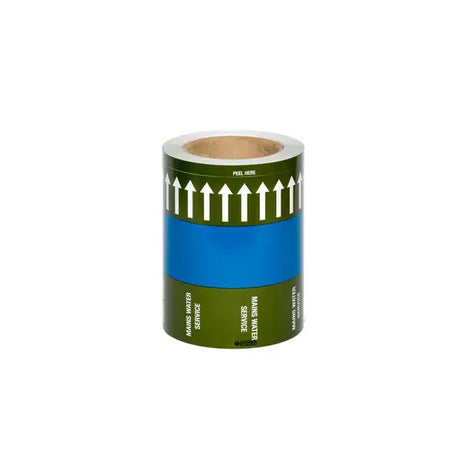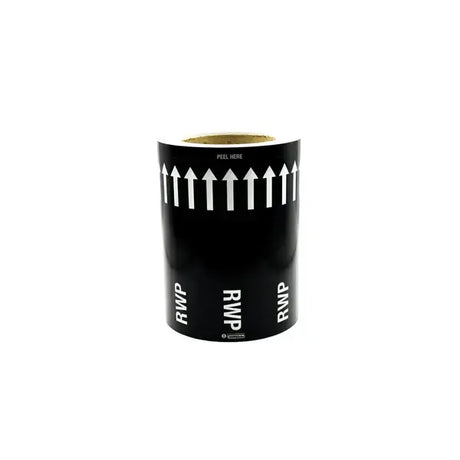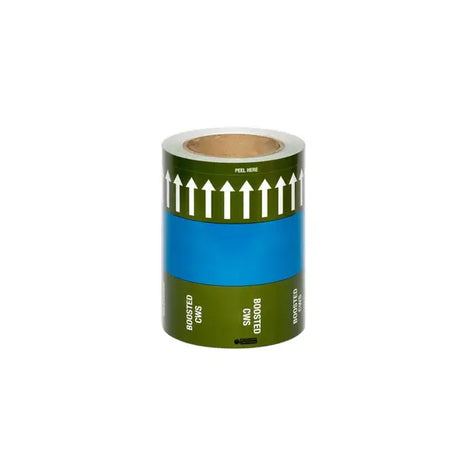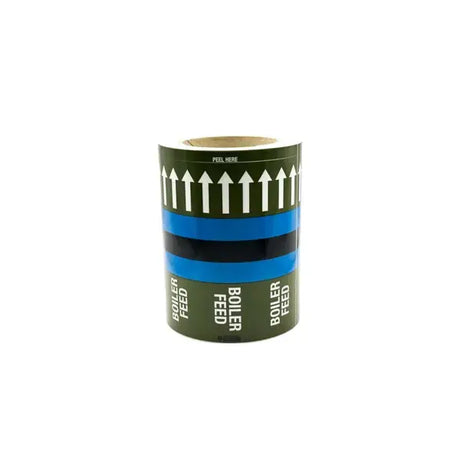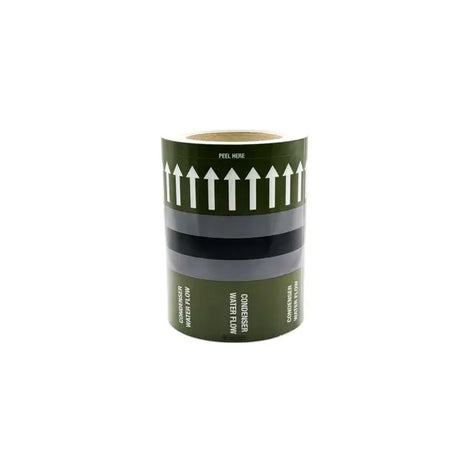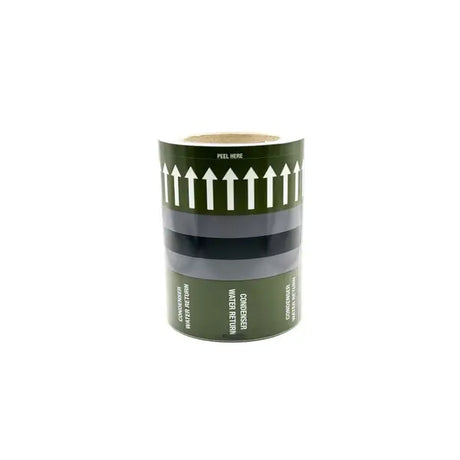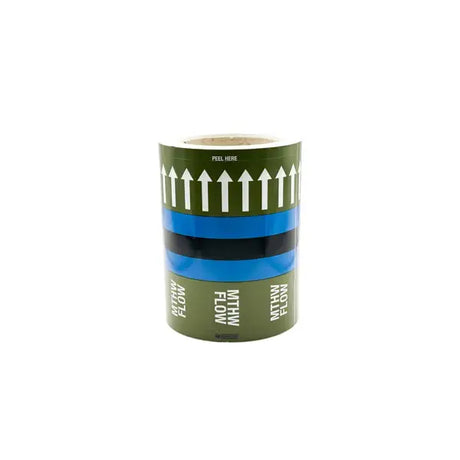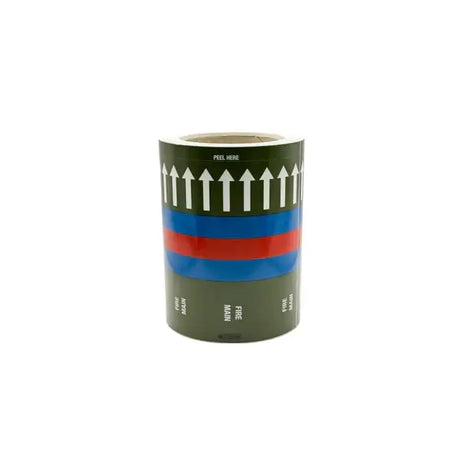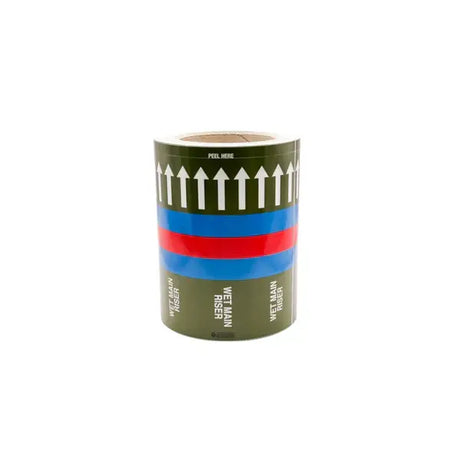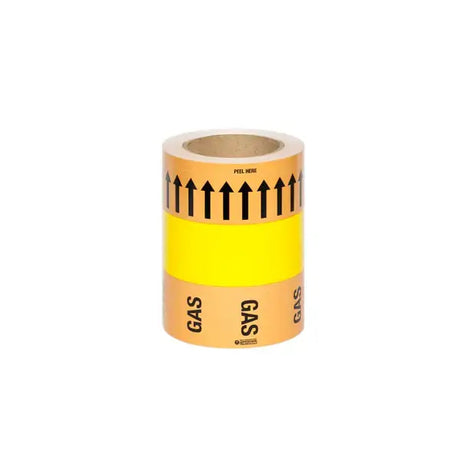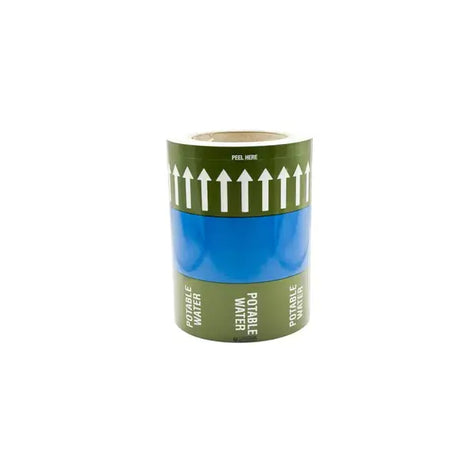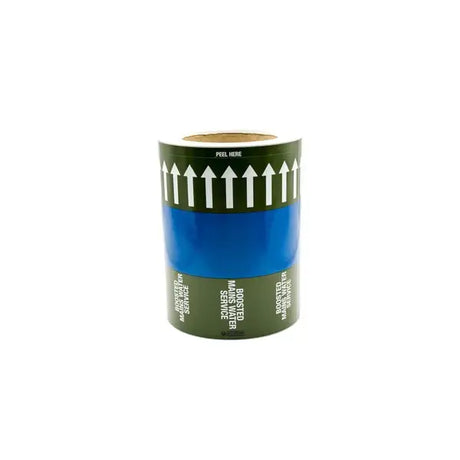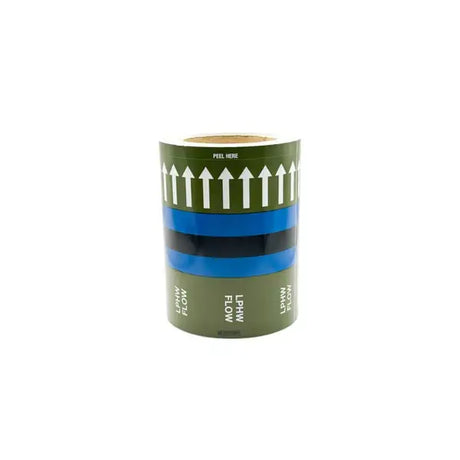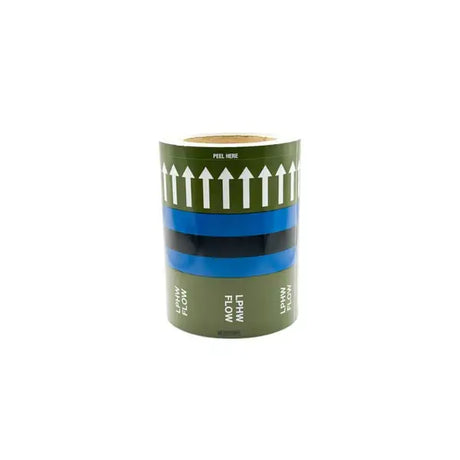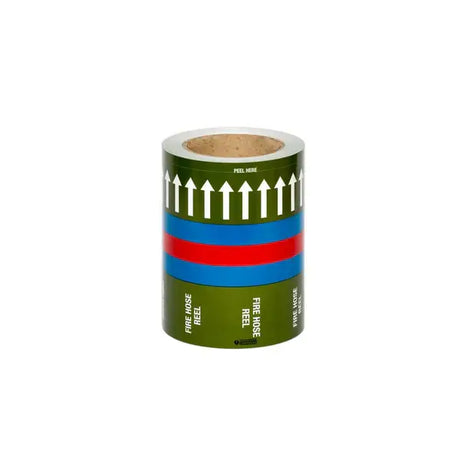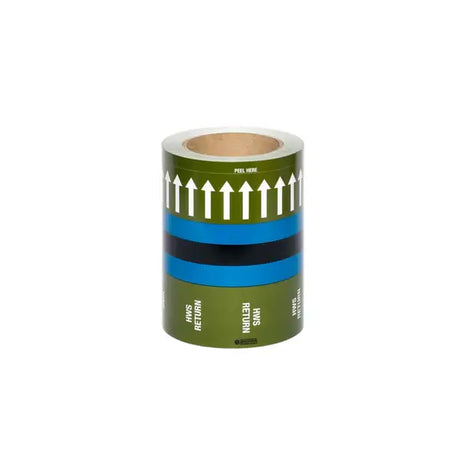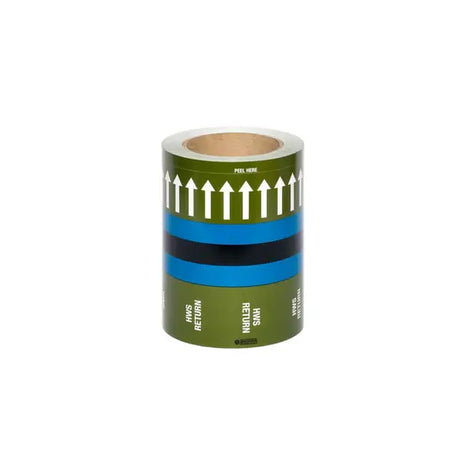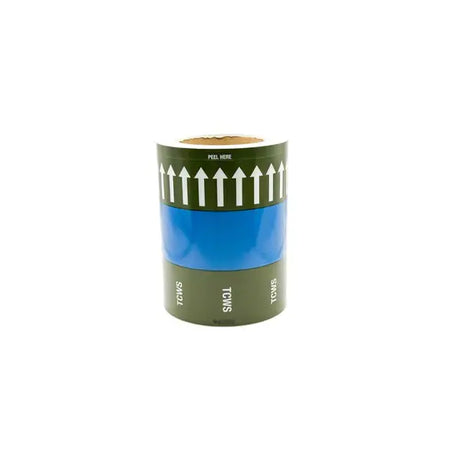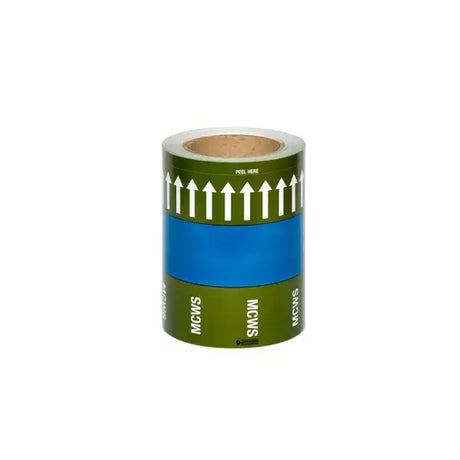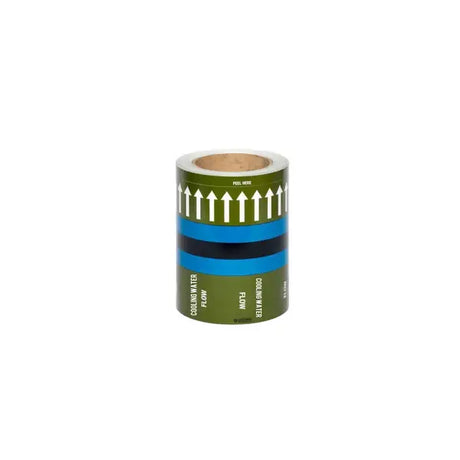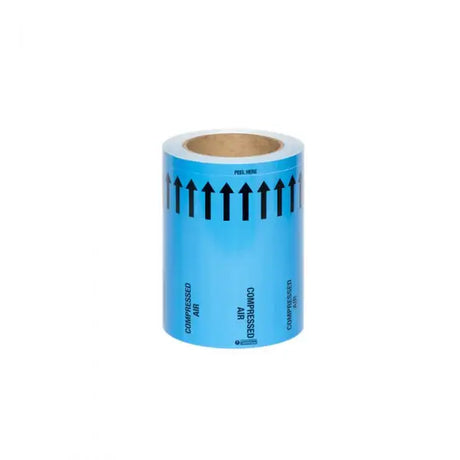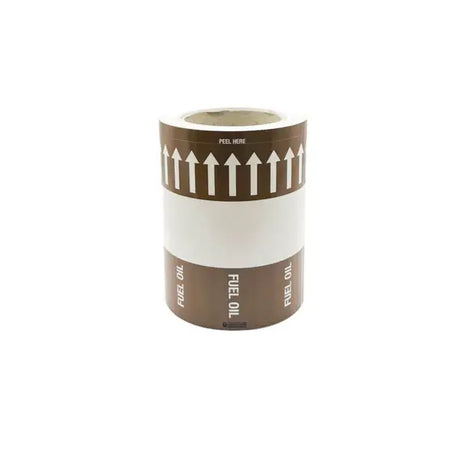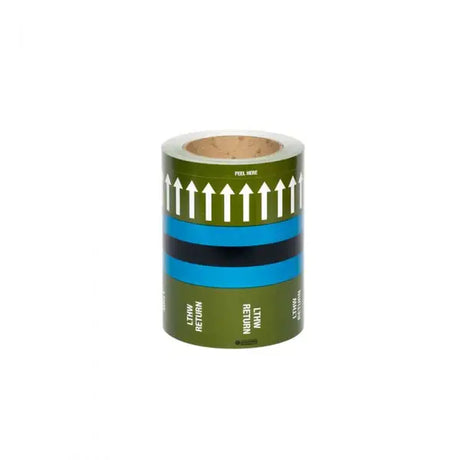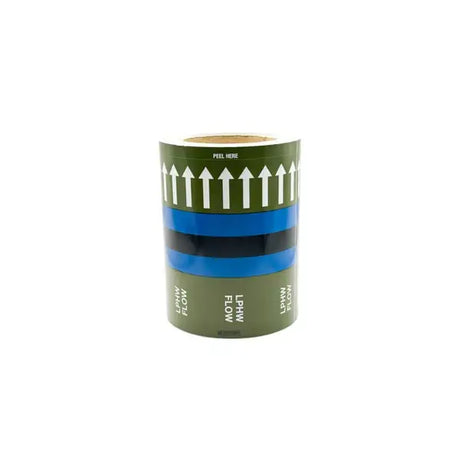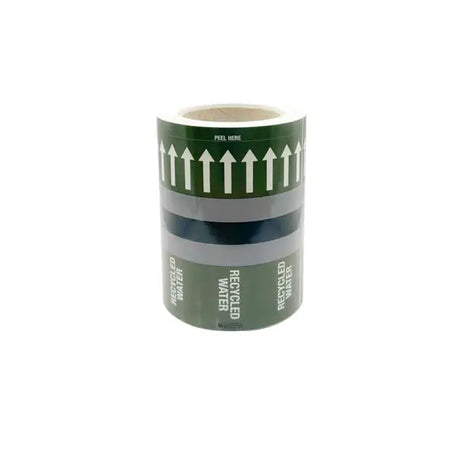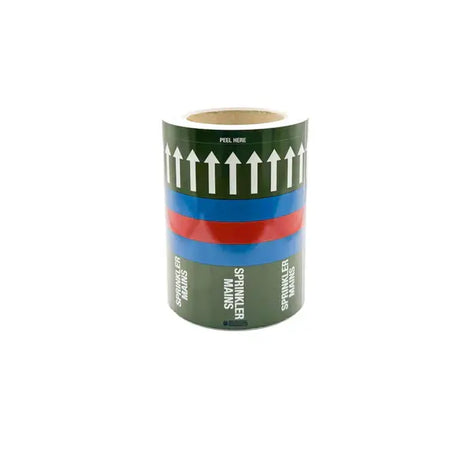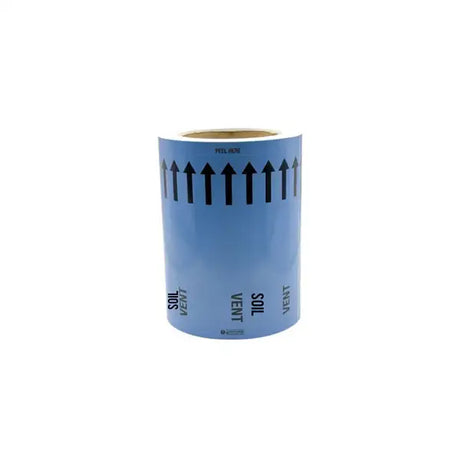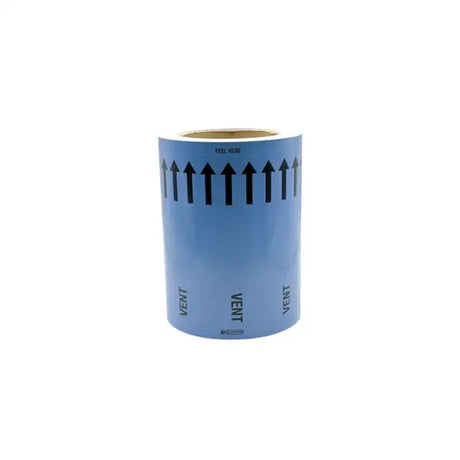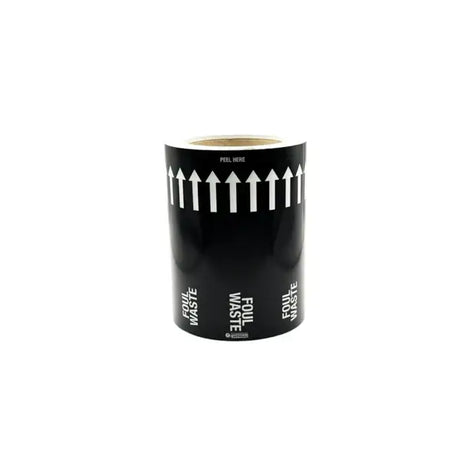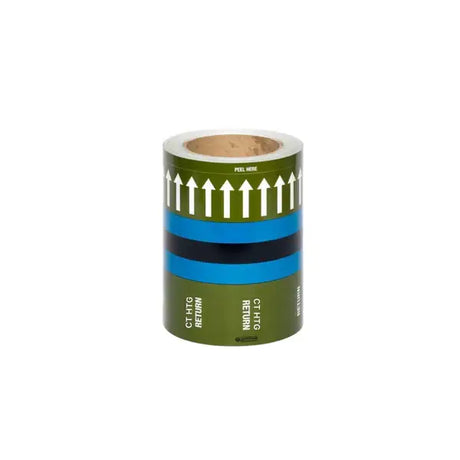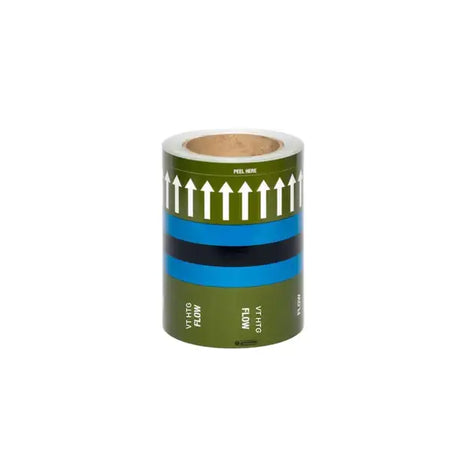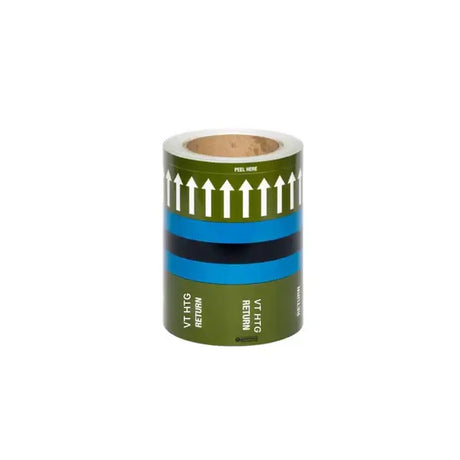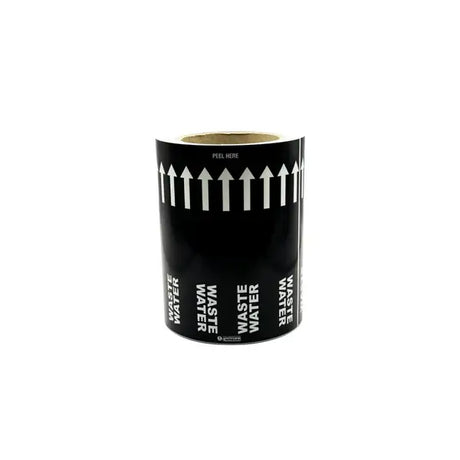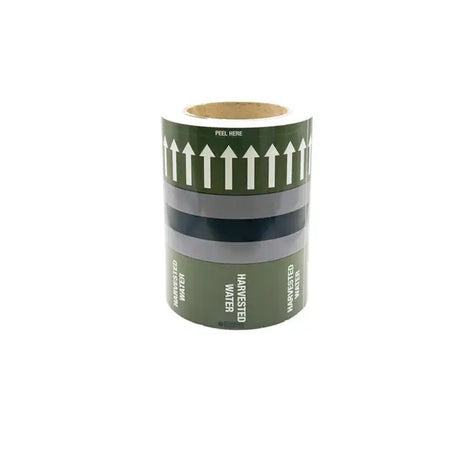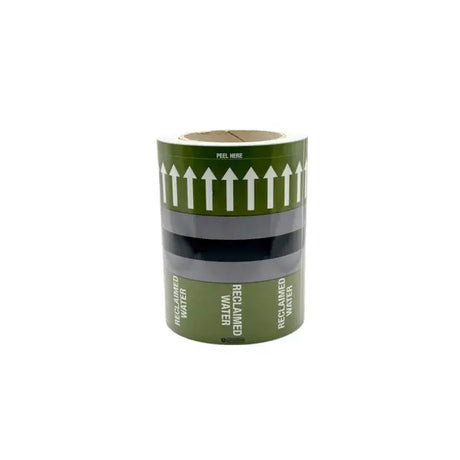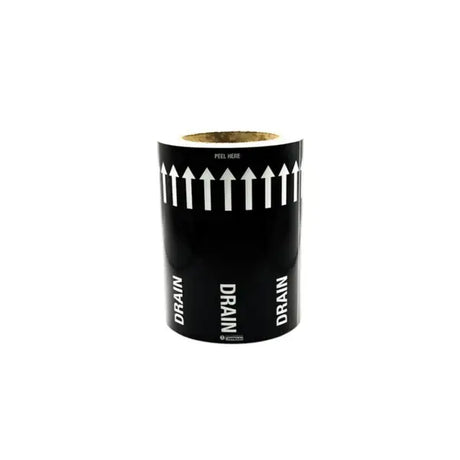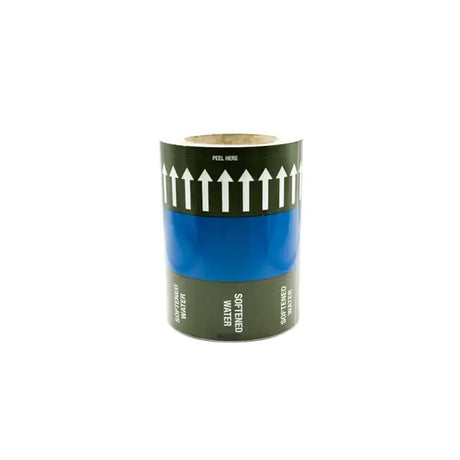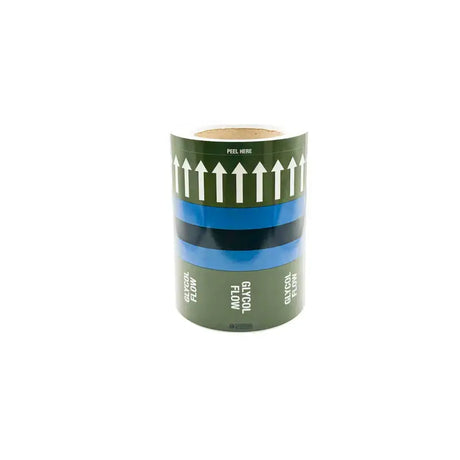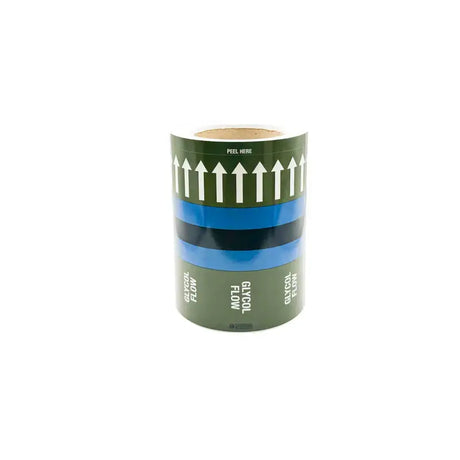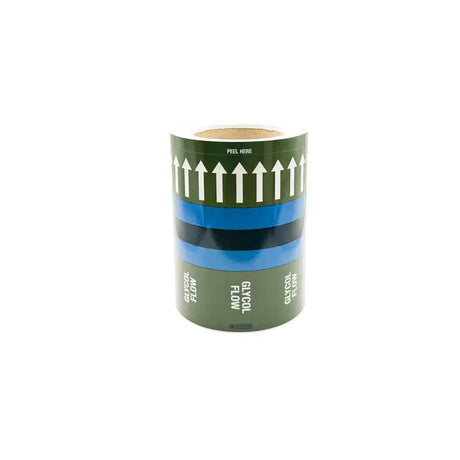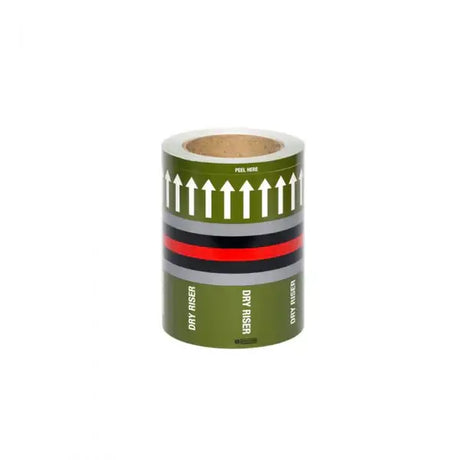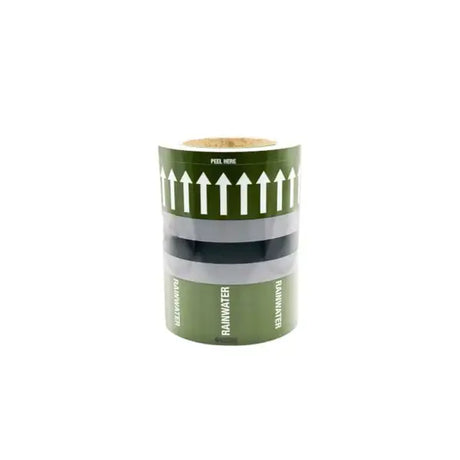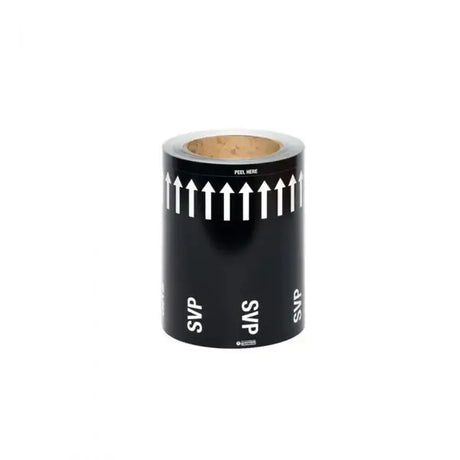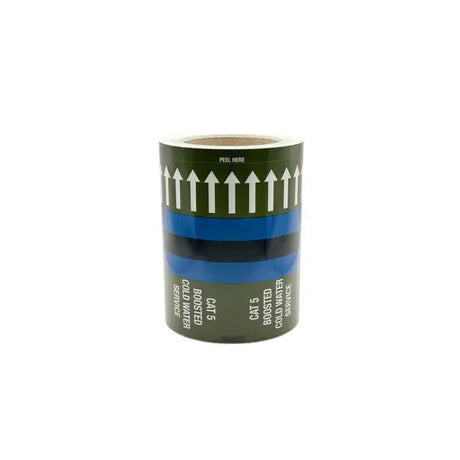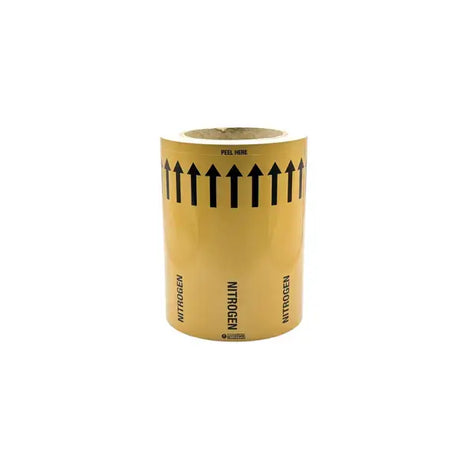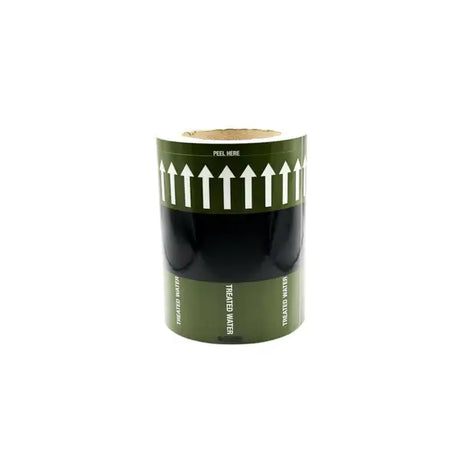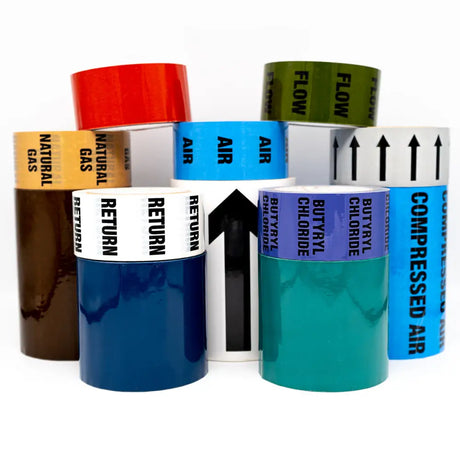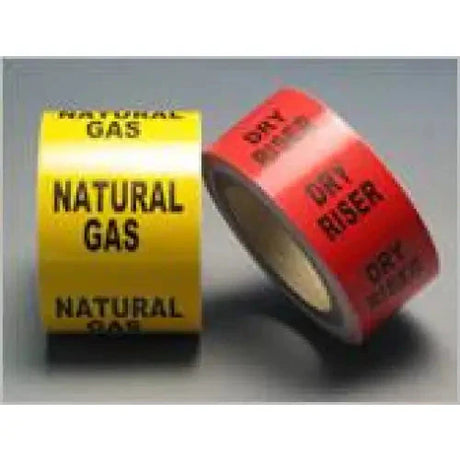Seasonal Considerations for Sealants
Introduction
When it comes to the world of sealants, one size certainly doesn't fit all, especially when the British weather throws its seasonal curveballs. Why does this matter? Well, using the wrong type of sealant during the wrong season is much like wearing flip-flops in a snowstorm – it’s simply not practical and won't end well. The performance of sealants can drastically change with the temperature and weather, making it crucial to understand these seasonal considerations. Are you ready to dive into the nitty-gritty of choosing the right sealant for the season? Let's crack on!
Types of Sealants
Overview of Sealant Variety
Sealants are like the unsung heroes of construction and maintenance, quietly ensuring that structures stay intact and elements stay where they're supposed to be. But before you go on a sealant shopping spree, let's familiarise ourselves with the various types at our fingertips. From silicone to polyurethane, and from acrylic to butyl, each type has its own set of properties and characteristics that make it suitable for different applications and conditions.
Properties and Application
Silicone sealants, for instance, are the Jack-of-all-trades, boasting flexibility and resistance to weather conditions. Polyurethane, on the other hand, is known for its strength and is a bit of a tough cookie when it comes to withstanding wear and tear. Acrylic sealants are paint-friendly and cost-effective, while butyl sealants are like the strong, silent type, great for sealing joints in gutters and roofing. Choosing the right one is a bit like picking the right tea for your mood – it needs to suit the situation perfectly.
Choosing the Right Sealant for the Season
Seasonal Sealant Selection
When selecting a sealant, the British weather demands your attention. You might ask yourself, "Do I need a sealant that can handle a hot summer’s day in Brighton, or one that won’t crack during a frosty morning in the Scottish Highlands?" These are the types of questions that should be at the forefront of your mind. Temperature and weather not only impact the application but also the overall performance of the sealant.
Weather's Impact on Choice
Consider this: a sealant that works wonders in the mild spring might turn into a bit of a sticky situation in the heat of summer. And what about the damp? If you're working in notoriously wet conditions, you'd be wise to choose a sealant that laughs in the face of moisture. Does the sealant have the grit to face the elements, or will it shrink away when the weather turns a tad nippy? The key is to match the sealant to the seasonal symphony of weather patterns.
Sealant Application in Winter
Winter's Chilling Challenge
Now, winter – she's a harsh mistress. Applying sealants in the cold is like trying to spread butter straight from the fridge – not an easy task. The cold can cause sealants to become too thick, making them tricky to apply and potentially affecting their adhesion. It’s a slippery slope that can lead to sealant failure if not managed correctly.
Tips for Frosty Applications
So, how do you avoid a cold-weather calamity? First off, read the instructions like it's your favorite detective novel – they'll often give you a temperature range for application. Store the sealant at room temperature before use, to keep it pliable. And remember, patience is a virtue; allow extra time for the sealant to cure because, like a good Christmas pudding, it takes longer in the cold.
Sealant Application in Summer
Summer's Searing Effect
Conversely, when the sun decides to grace us with its presence, applying sealant can be like trying to walk a St. Bernard on a hot day – a bit of a sticky ordeal. Heat and humidity can speed up the curing process, which might sound good, but it can also lead to an uneven finish and compromised durability. Imagine your sealant going off faster than an ice cream melts on Brighton Beach – not ideal.
Hot Weather Best Practices
To combat the summer sizzle, timing is everything. Try to apply sealants in the early morning or late afternoon when the heat is less intense. And keep an eye on that humidity – if it’s too high, you might as well be sealing in a sauna. Always check your sealant's spec sheet; it's like having a secret blueprint for summer survival.
Seasonal Maintenance of Sealants
The Cycle of Inspect and Protect
Seasons change, and so should your maintenance routine for sealants. Regular inspection is key – it's the Sherlock Holmes approach to sealant longevity. In winter, look for cracks that might be plotting an escape route for your heat. Come summer, check for signs of UV damage – is your sealant sunburnt or still sun-kissed?
Weather-wise Maintenance Tips
A bit of maintenance can go a long way. Clean the area around the sealant to prevent dirt and debris from causing issues. If you spot any damage, don't procrastinate – it’s time to repair or replace. Remember, a stitch in time saves nine, and the same goes for sealant maintenance.
Sealant Performance in Different Seasons
Variations in Seasonal Performance
It's a truth universally acknowledged that a sealant must be in want of good weather to perform at its best. Just as we swap our wardrobes with the seasons, sealant performance also changes its tune throughout the year. The flexibility and adhesion of your chosen product can vary – in the cold, sealants can become more rigid and in the heat, more prone to deformation.
Longevity and Weather Impacts
Think of your sealant as a living thing; it needs the right conditions to thrive. Extreme temperatures can shorten the lifespan of a sealant, just like a scorching day can wilt the hardiest of plants. It's all about understanding that performance is not static; it's a dance with the elements, and sometimes the weather leads.
Special Considerations for Outdoor Sealants
Outdoor Sealant Challenges
Outdoor sealants face the full brunt of Mother Nature's mood swings. From UV rays to torrential rain, they need to be tough enough to handle whatever comes their way. It's like equipping a knight for battle – the sealant must be armoured against all possible attacks.
Seasonal Impact Factors
The sun can break down the chemical structure of some sealants, causing them to degrade faster than a forgotten brolly in a storm. Rain and snow, meanwhile, test the sealant's resistance to water and freezing temperatures. Will your chosen sealant stand firm when the winter gales blow, or will it retreat at the first sign of frost?
Sealing for Specific Seasons
Tailoring Your Sealant Strategy
Just as you wouldn't wear wellies to a garden party, you shouldn't apply a one-size-fits-all approach to sealing for specific seasons. Winterizing sealants are there for the chilly challenge, while summer-proofing options have the guts to take on the heat. It's about being seasonally savvy and choosing the right tool for the job.
Season-Specific Optimisation
To optimise sealant performance, consider the specific needs of each season. In winter, a sealant that can handle low temperatures without cracking is as vital as a good pair of gloves. For summer, a sealant that doesn't slump in the heat is as crucial as a trusty sunhat. It's about matching the sealant to the season for peak performance.
Environmental Impact of Seasonal Changes
Seasonal Shifts and Sustainability
Seasonal changes don't just affect sealant performance; they also play a role in the environmental impact. A sealant that releases high levels of VOCs (volatile organic compounds) in the summer heat is as out of place as a snowman in July. We need to consider how these seasonal shifts can influence the footprint we leave on the environment.
Eco-friendly Considerations
Nowadays, there's a growing trend towards eco-friendly sealant options, and rightfully so. It's like choosing to cycle rather than drive – every little bit helps. As the seasons change, so can the environmental impact of the sealants we use. We must be conscious of selecting products that are kind to Mother Earth, whatever the weather.
Choosing Green in All Climates
Is it possible to be green and weather-proof? Absolutely. Look for sealants with lower VOCs or those made from renewable resources. They can provide the protection needed while being gentler on our planet. It's like finding the perfect cup of organic tea – it's good for you and the environment. As the seasons ebb and flow, so too should our commitment to eco-friendly practices, ensuring the sealants we choose are as good for our earth as they are for our homes.
Importance of Professional Advice
The Value of Expertise
Sometimes, despite our best efforts, sealants can be a bit of a labyrinth – confusing, with many twists and turns. This is where professional advice can be invaluable. It's like having a seasoned tour guide while navigating the winding streets of an old city. Professionals can provide insights into the best products for your specific seasonal needs and offer tips on application and maintenance that only come with experience.
Experts and Seasonal Solutions
Professional sealant advisors have a keen understanding of how different products perform in various conditions. They can help you avoid the pitfalls of a hurried decision made during a weather emergency – like choosing a sealant that won't stand up to the next cold spell. With expert advice, you're not just buying a product; you're investing in peace of mind.
Conclusion
Wrapping It Up
So there you have it, a comprehensive guide to the seasonal considerations for sealants. It's a multifaceted world, where the right choice can make all the difference in protection and performance. Whether you're battling the bitter winter chills or the soaring summer heat, there's a sealant out there that's up to the task. Remember, it's not just about slapping on a product; it's about understanding the conditions, choosing wisely, and applying with care.
The Importance of Adapting
As we bid farewell to this guide, let's take a moment to appreciate the importance of adapting our choices to the rhythm of the seasons. Sealants, much like the weather they're designed to withstand, require a nuanced approach. By staying informed and selecting the right products, we can ensure that our homes and buildings are sealed tight, come rain or shine.
In conclusion, whether you’re a DIY enthusiast or a seasoned professional, keeping the seasons in mind when working with sealants is as crucial as bringing an umbrella to London – it’s simply a must. Happy sealing, and may your choices be as reliable as the changing tides of the British seasons!











